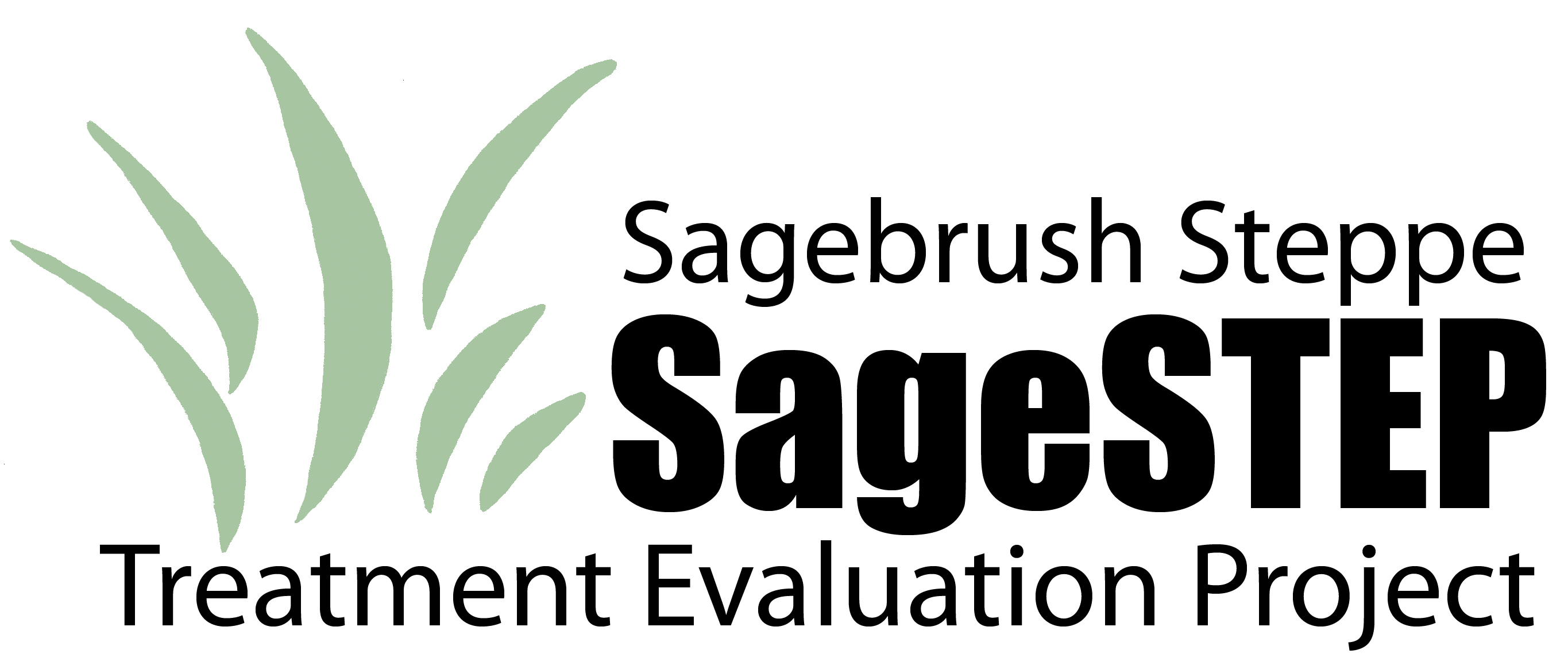Document Type
Article
Journal/Book Title/Conference
Journal of Environmental Management
Volume
126
Publisher
Academic Press
Publication Date
5-28-2013
First Page
157
Last Page
173
Creative Commons License

This work has been identified with a Creative Commons Public Domain Mark 1.0.
Abstract
In this article we develop a simulation model to evaluate the economic efficiency of fuel treatments and apply it to two sagebrush ecosystems in the Great Basin of the western United States: the Wyoming Sagebrush Steppe and Mountain Big Sagebrush ecosystems. These ecosystems face the two most prominent concerns in sagebrush ecosystems relative to wildfire: annual grass invasion and native conifer expansion. Our model simulates long-run wildfire suppression costs with and without fuel treatments explicitly incorporating ecological dynamics, stochastic wildfire, uncertain fuel treatment success, and ecological thresholds. Our results indicate that, on the basis of wildfire suppression costs savings, fuel treatment is economically efficient only when the two ecosystems are in relatively good ecological health. We also investigate how shorter wildfire-return intervals, improved treatment success rates, and uncertainty about the location of thresholds between ecological states influence the economic efficiency of fuel treatments.
Recommended Citation
Taylor, M.H., K. Rollins, M. Kobayashi, and R. Tausch. 2013. The economics of fuel management: Wildfire, invasive plants, and the dynamics of sagebrush rangelands in the western United States. Journal of Environmental Management, 126: 157-173.



